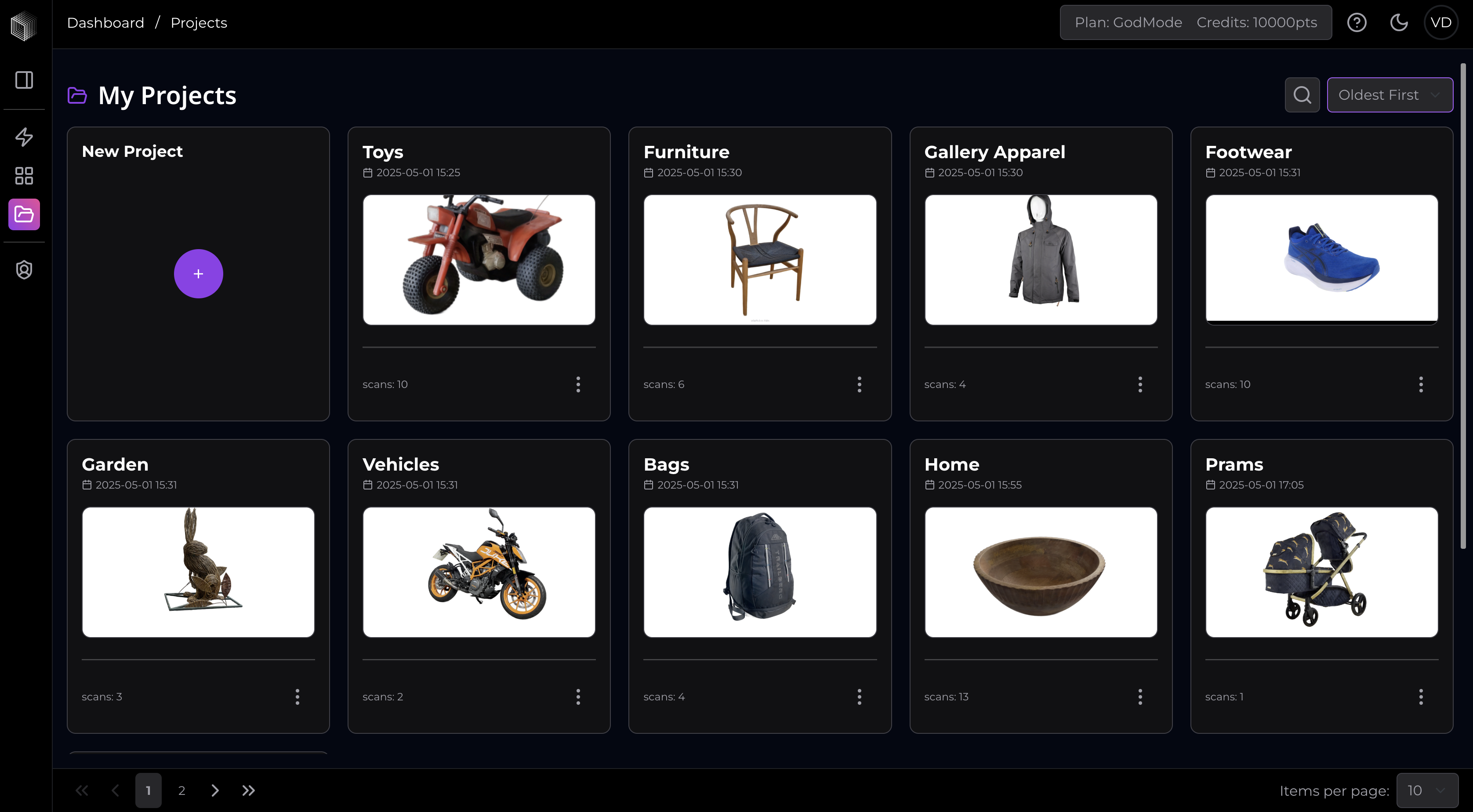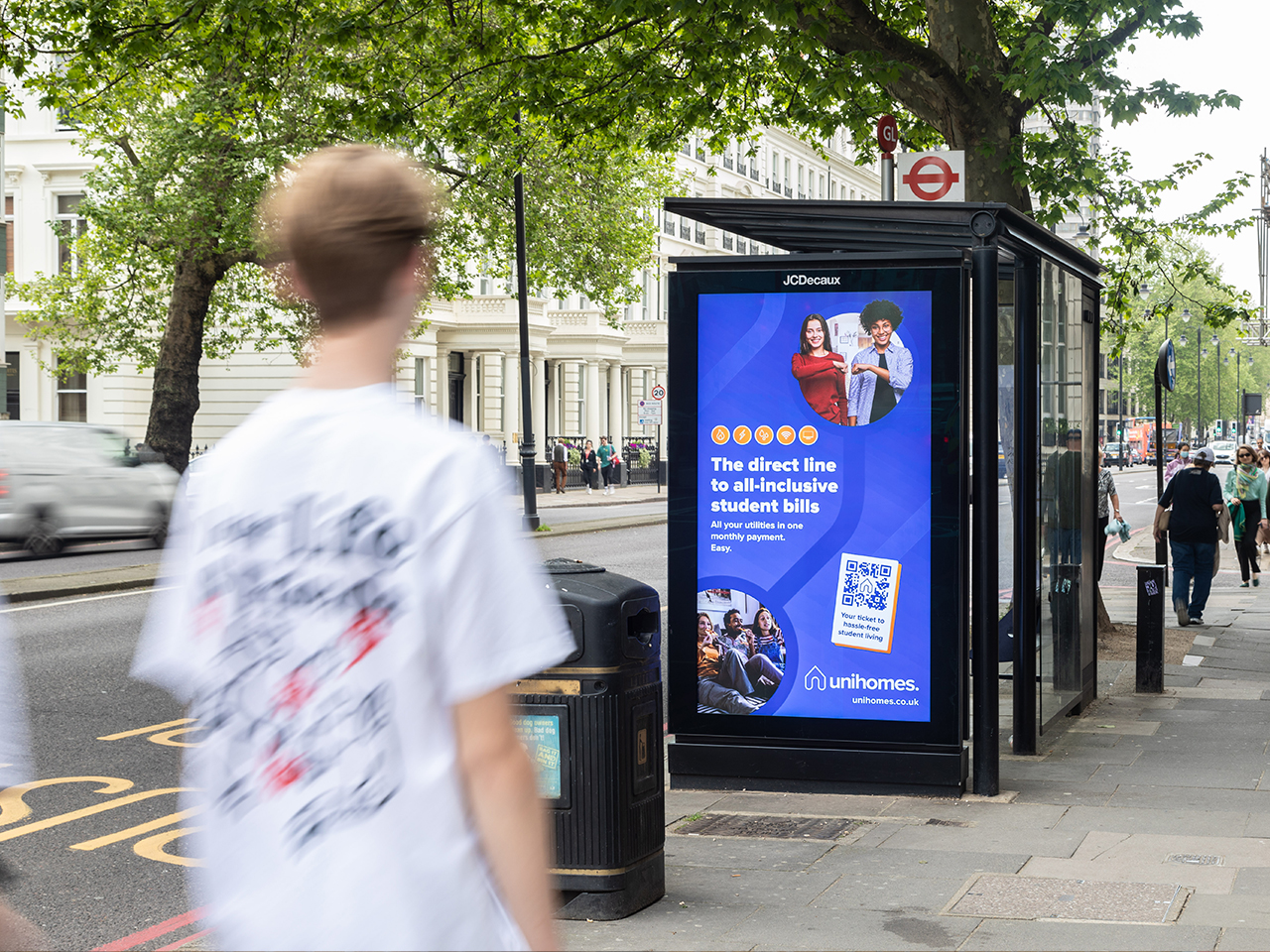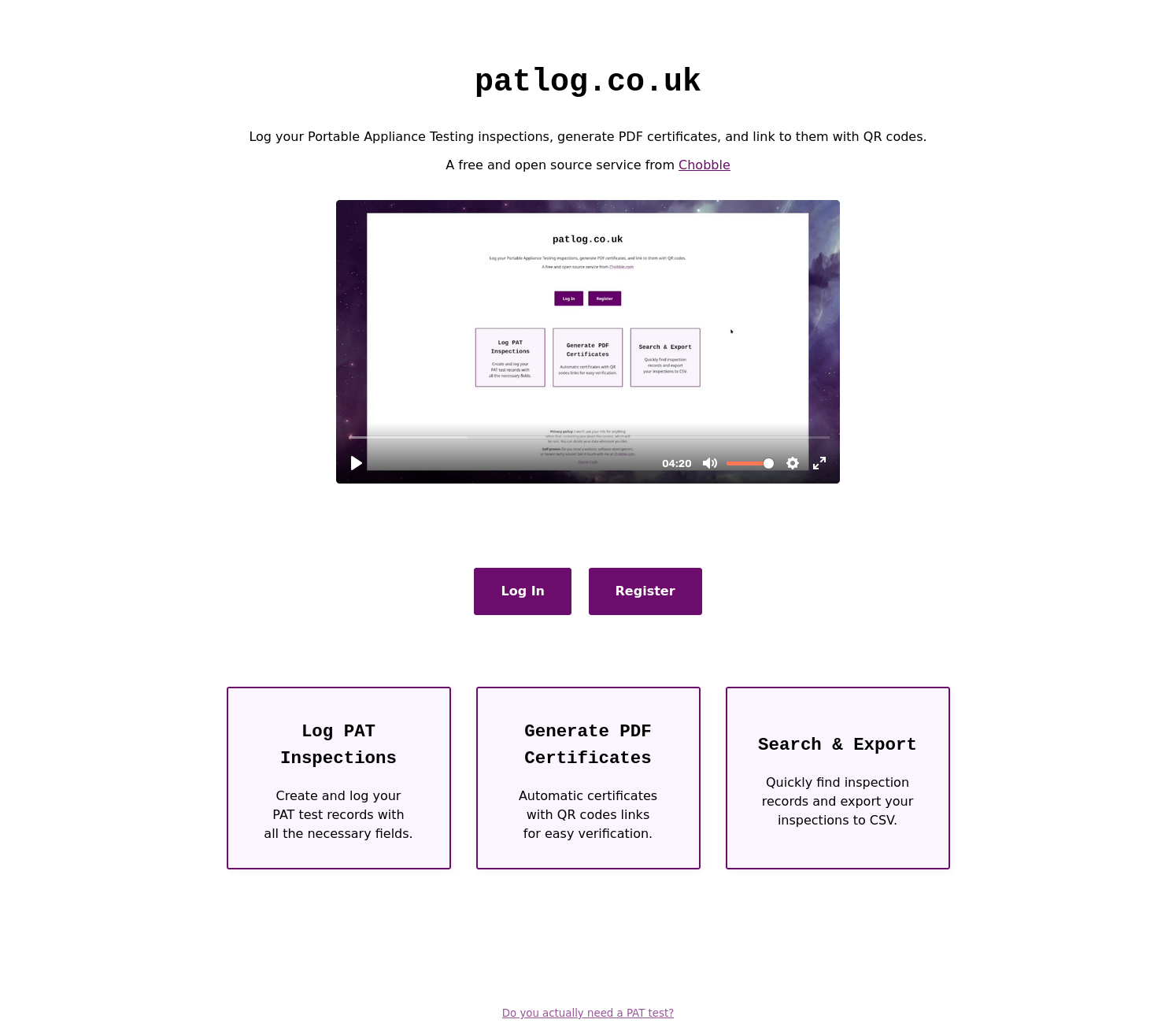Rural homes and small businesses in the UK still struggle with poor internet services, according to the telecoms watchdog, with about half of rural areas unable to receive broadband speeds of more than 10 Mbit/s.
Ofcom found that 8 per cent of homes — about 2.4m — were unable to access speeds above 10 Mbit/s, designated by the government as the minimum level for a “universal service obligation” by 2020.
This includes almost a half of smaller businesses — or about 130,000 — in areas such as business parks. Most people rate a broadband connection over 10 Mbit/s as good, according to Ofcom.
More than £1.6bn of government funds have been allocated to subsidise superfast broadband to 95 per cent of the UK by 2017, although there are still widespread complaints about the service.
Ofcom estimates that by 2017 about a fifth of small businesses will still not have access to superfast broadband.
Ross Murray, president of countryside lobby group CLA, said the report confirms that “the digital divide between rural and urban areas is getting worse, not better”.
“The rural economy is bursting to grow but its hands are tied by poor connectivity,” he added.
Ofcom wants to remove barriers for smaller networks to serve areas with little or no coverage, as it carries out a once-in-a-decade review of the British telecoms market that will also consider the split of BT Openreach.
The government is also considering options for how to reach the most remote areas using mobile and satellite technology.
Sharon White, Ofcom chief executive, said: “Our challenge is to keep supporting competition and innovation, while also helping to improve coverage across the country — particularly in hard-to-reach areas.”
The regulator has suggested some tips to improve broadband at home, with evidence that fairy lights and electrical appliances reduce internet speeds in up to 6m homes and businesses.
Ofcom has created a WiFi checker to help gauge the quality of wireless internet signals.
Ofcom’s Connected Nations report otherwise shows improving availability and take-up of broadband across the UK.
More than one in four homes have signed up for superfast broadband — internet speeds of above 30 Mbit/s — up from one in five a year ago.
Superfast broadband is available to more than eight in 10 homes, up from three quarters last year, driven by BT expanding its fibre network, Virgin Media converting homes to faster packages, and the government’s Broadband Delivery UK programme.
Almost three quarters can receive a 4G signal from three of the four networks, up from 44 per cent last year, Ofcom said.
Almost all premises can receive a 2G signal, but the proportion of the UK landmass able to receive a signal from all four operators has remained at 55 per cent since last year.








